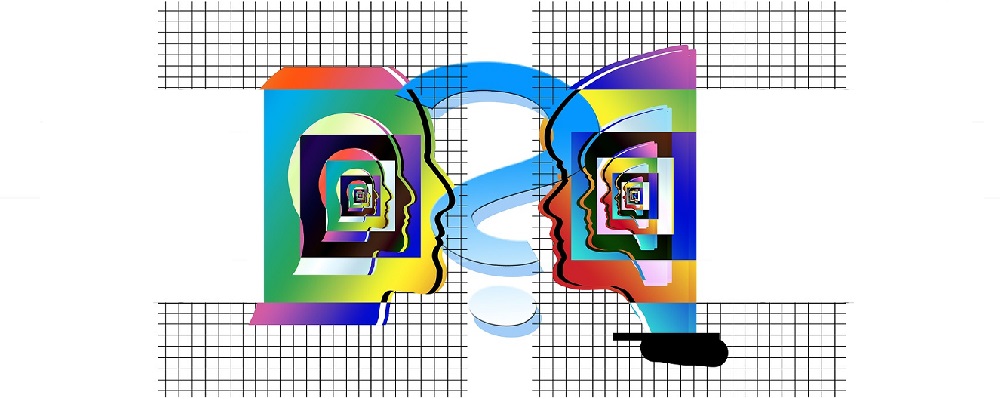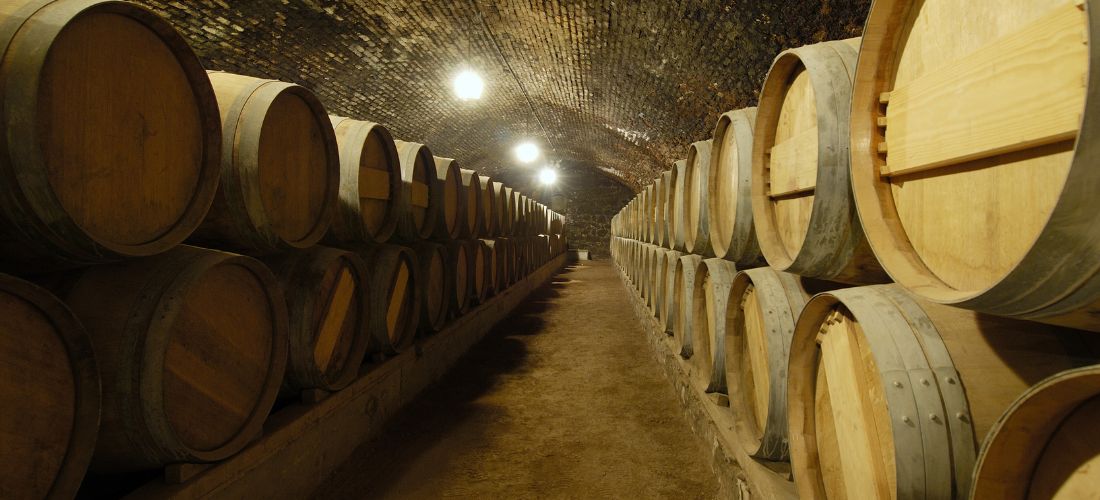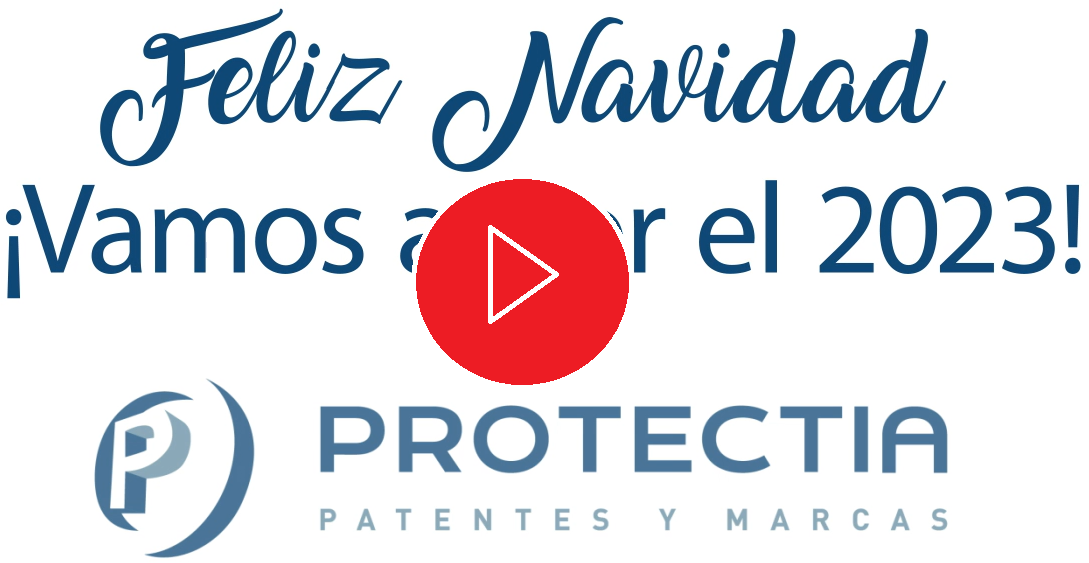Which are the main differences between utility model and patent of invention? In our professional activity many times we have to face this issue. Both methods offer the monopoly of technology implied on a different level, which is differentiated by 4 concepts coming from its own nature.
Patent of invention in Spain:
- Requires international novelty.
- Long process (about 36 months).
- A Report on the State of the Art (RSA) is submitted.
- Offers protection until 20 years.
- Requires national novelty.
- Short process (about 6 months).
- It undergoes a period of oppositions.
- Offers protection until 10 years.
We expand each of these points below.
Features of the patent of invention
This modality protects technology innovations which are characterized by three features:
- Novelty: the patent has not been made known to the public before the application date, neither in Spain nor in any other country (international novelty).
- Inventive activity: the invention should not be obvious from the “state of the art” to a person with ordinary skills in the pertinent technology, based on the knowledge already published.
- Industrial applicability: the object to be patented must be produced and used in any kind of industry.s decir, que el objeto de la patente pueda ser fabricado o utilizado en cualquier clase de industria.
Besides during the application proceeding, it is elaborated the so-called Report on the State of the Art (RSA). Through this report, the Spanish Patent and Trademark Office (SPTO) defines the level of novelty and inventive activity of the invention sought to be patented. After the RSA publication, it is possible to get the patent granted no matter how bad the RSA could be. In that case, the patent is not strong since it can be easily attacked before a Court. The second option it to request a Substantive Examination and the Office will have the final word on the registration.
The protection is granted in Spain during a non-extendable period of 20 years, and is subjected to the payment of an annual fee to keep the patent in force.
Features of Utility Model
Spain protects inventions which comply with:
- Being new in Spain, that is, before the date of application, has not been made public by a written or oral description, by usage or any other way.
- Implication of national inventive activity, that is, the invention should not be very obvious to a person with ordinary skills in the pertinent technology based on the knowledge already published in Spain.
- Industrial applicability: the object to be patented must be produced and used in any kind of industry.
In particular, may be protected as utility models any utensils, instruments, tools, appliances, devices or parts of them with a configuration, structure or constitution according to which might result a practical benefit by its usage or fabrication.
After the publication of the utility model application, it undergoes a period of two months oppositions from third parties. If no oppositions are filed or no office action is issued by the Spanish Patent Office, the utility model is granted.
The protection is granted in Spain during a non-extendable period of 10 years, and is subjected to the payment of an annual maintenance fee to keep it in force.
Conclusions
Ultimately, it is more useful to apply for patents of invention, in order to offer protection for longer time and to a greater extent, but requiring international novelty and an high level of inventive activity, utility models are the best choice when the objects of invention are minor technical solutions, result of a concrete configuration.



